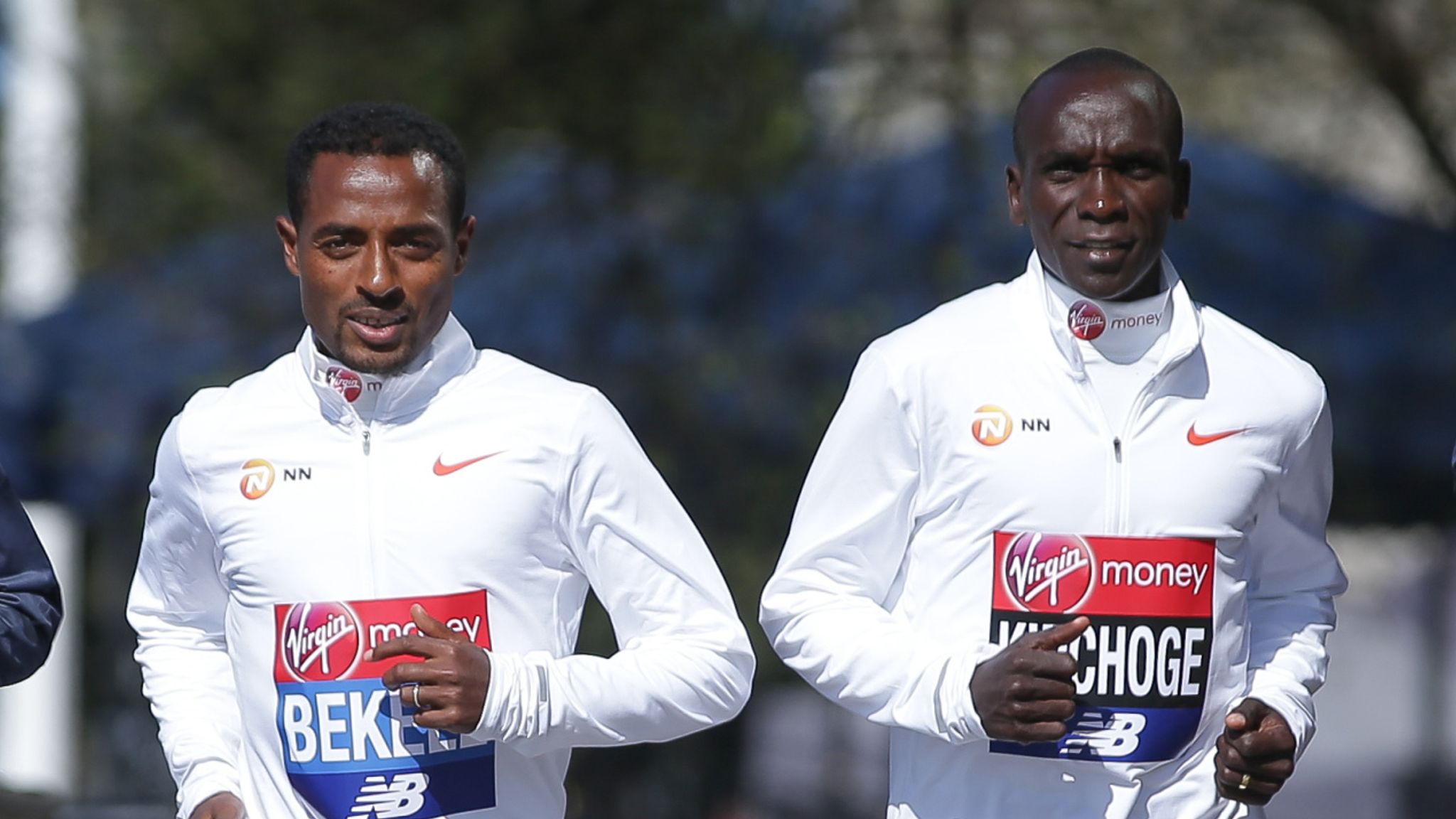Paris 2024 Olympics Marathon Course: A Historic Challenge Through Iconic Landmarks and Tough Terrain
The Paris 2024 Olympics marathon course is poised to be one of the most captivating and demanding races in Olympic history. This unique route, designed to showcase the rich history and scenic beauty of Paris and its surroundings, will test the endurance and resilience of the world’s top marathoners.
A Journey Through Paris’s Iconic Landmarks
Starting at the historic Hôtel de Ville, the marathon course takes runners on a journey through some of Paris’s most iconic landmarks. The Hôtel de Ville itself, steeped in centuries of history, serves as the perfect starting point for a race that blends the old with the new. From here, runners will wind through the heart of Paris, passing by famous sites such as the Palais Garnier, the Louvre, and the Place Vendôme. These landmarks are not just visually stunning but also hold deep cultural and historical significance, making the marathon route a true homage to the city’s rich heritage.
A Route Inspired by the French Revolution
As the marathon progresses, runners will leave the bustling streets of central Paris and head towards Versailles. The route through this historic area adds a layer of depth and meaning to the race, as it is inspired by the Women’s March on Versailles in October 1789. This march, a pivotal event during the French Revolution, saw thousands of Parisian women and men walk from the Hôtel de Ville to Versailles to demand action from King Louis XVI. The marathon course traces this historical path, symbolically connecting the past with the present and paying tribute to the resilience and determination of those who fought for freedom and equality.
A Single Loop Course with Diverse Terrain
The Paris 2024 marathon course is designed as a single loop, a departure from the repetitive circuits seen in recent Olympic marathons. This unique design allows athletes to experience a diverse range of conditions and terrains, showcasing both the urban beauty of Paris and the natural splendor of its surroundings. However, this also means that runners will need to be well-prepared for the varied challenges the course presents.
Elevation Challenges That Test Endurance
One of the most significant challenges of the Paris 2024 marathon course is its elevation changes. The course features a total elevation gain of 436 meters (1,430 feet) and an equally challenging descent of 438 meters (1,437 feet). The first 15 kilometers are relatively flat, allowing runners to find their rhythm, but the terrain quickly becomes more demanding. Just before the 16-kilometer mark, runners will encounter the first major hill—a 2-kilometer climb at a 4 percent grade. This is followed by an even steeper hill at the 19-kilometer mark, where runners face a 5 percent grade over 900 meters.
The Ultimate Test: A Brutal Climb and Descent
The most daunting part of the course comes after the 29-kilometer mark, where runners will face a brutal 600-meter climb at an average grade of 10.5 percent. This section of the course is likely to be the ultimate test of endurance, as runners push themselves to conquer the steep ascent while maintaining their pace and energy levels. To put this in perspective, it’s akin to running on a treadmill set to a 10 percent incline—only this is in the middle of a marathon, with the added pressure of competition and outdoor conditions.
But the challenges don’t end with the uphill sections. The final descent of the course, after the steep climb, presents its own difficulties. Runners will need to navigate a 13.5 percent gradient downhill, which can be just as taxing on the body as the uphill sections. Descending at such a steep grade requires careful control and balance, as the risk of injury increases with fatigue. Marathoners will need to muster all their strength and focus to safely and swiftly make their way down this challenging portion of the course.
A Majestic Finish at the Esplanade des Invalides
The race culminates in a grand finish at the Esplanade des Invalides, where runners will cross the finish line against the backdrop of one of Paris’s most iconic monuments. The Esplanade, home to the tomb of Napoleon Bonaparte, adds a fittingly majestic conclusion to a marathon that has traversed through centuries of history and some of the most beautiful landscapes in France.
Conclusion: A Marathon That Blends History, Culture, and Endurance
In conclusion, the Paris 2024 Olympics marathon course is not just a race but a journey through history, culture, and challenging terrain. With its combination of iconic landmarks, significant elevation changes, and a route inspired by the French Revolution, this marathon promises to be a memorable and grueling test for the world’s best long-distance runners. As they race through the streets of Paris and beyond, these athletes will not only be competing for Olympic glory but also paying tribute to the resilience and spirit of the city and its people.
ALSO READ:Chelsea Signs Aaron Anselmino: Argentine Defender to Spend 2024/25 on Loan at Boca Juniors


